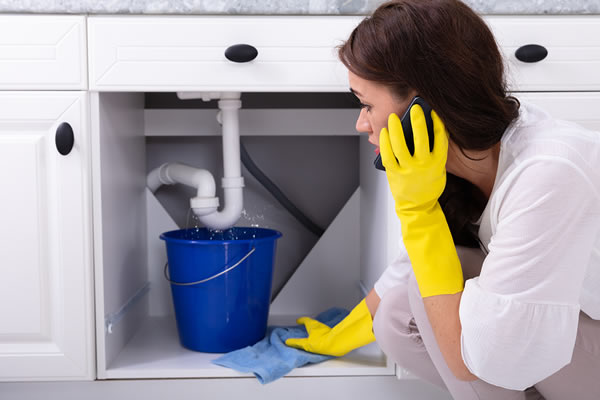
August 14/2021
Easy Ways to Find Hidden Water Leaks in Your Home
The Environmental Protection Agency estimates that the average U.S. household’s leaks can account for over 10,000 gallons of wasted water every year. That is enough water to wash 270 loads of laundry! Worse, the hidden leaks can cause devastating water damage and disrupt the structural integrity of your building. Professional leak detections and leak repairs by the qualified plumbers at Mr. Rooter Plumbing can help, and we recommend you schedule annual inspections. However, there are some ways you can spot leaks too. Here are some easy ways to detect hidden water leaks in your home. Feel free to call Mr. Rooter Plumbing if you would like a dedicated plumber to take a look.
Track Your Water Bills
Be mindful and read between the lines. Has your water bill suddenly spiked? This would be expected if you have installed new appliances or, for example, a jacuzzi. But if your usage has been the same and the water bills are rising, then you might have a hidden leak somewhere in your house.
Check the Water Meter
The water meter measures to amount of water running through your plumbing system. It is also a great tool to check for hidden leaks. Turn off all the water in your home, making sure all faucets are shut off and no appliances are using water. Then, head out to check the water meter. If the water meter is changing, then you likely have a fast-moving leak. If it is not moving, then wait for about 30 minutes to an hour and check again. If the meter has changed even though all of the water in the house has been off, then you likely have a slow water leak.
Perform a Visual Inspection
Hidden leaks are difficult to pinpoint without special tools and equipment, but you can catch the signs of water damage. Take a walk around your home and look for evidence of leaks. Signs of a leak include dripping sounds, water stains, peeling paint and wallpaper, mold and mildew growth, and, of course, puddles of water. Some specific locations to check are beneath sinks and toilets, around the water heater and appliances, near the sump pump, around outside hose bibs, and in the basement.
The Food Dye Test for Toilet Leaks
Toilet leaks are especially common but can be subtle. Luckily, there is a quick test you can perform. Carefully remove the toilet lid and place it somewhere safe. Add a few drops of food coloring into the toilet tank and leave it there for about half an hour. After thirty minutes is up, check the toilet bowl. If the food coloring has come through the tank and into the toilet bowl, then you have a toilet leak. Some of the internal components of the toilet tank likely need to be repaired or replaced.
Schedule A Professional Leak Detection
If you prefer to get surefire results, then schedule a professional leak detection with Mr. Rooter Plumbing. We are also happy to arrange an emergency dispatch. Call now to speak with a live representative.




